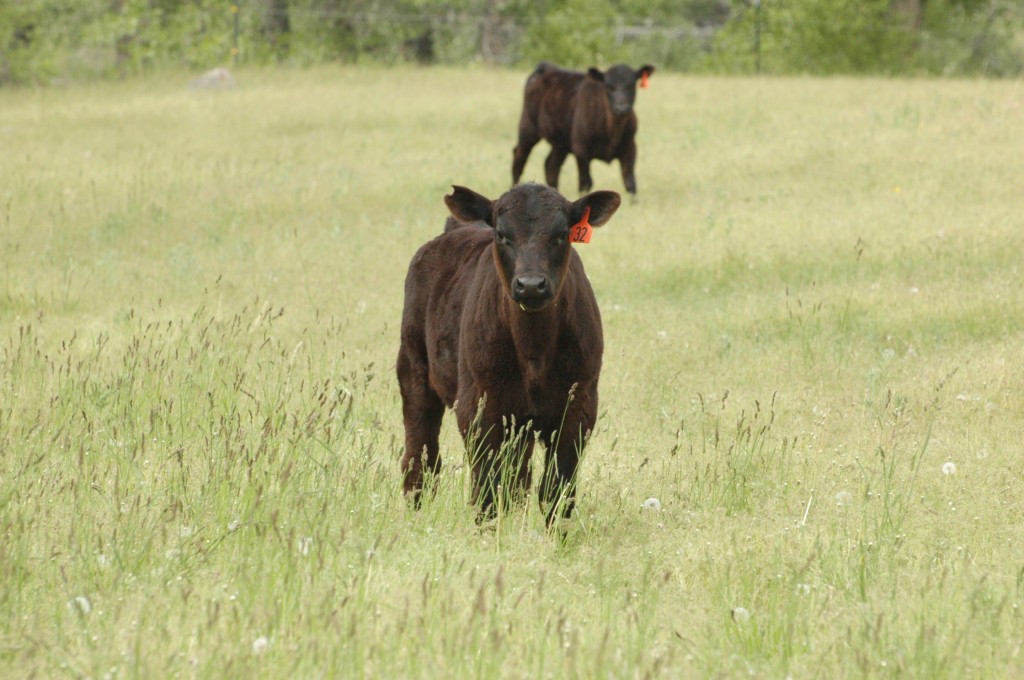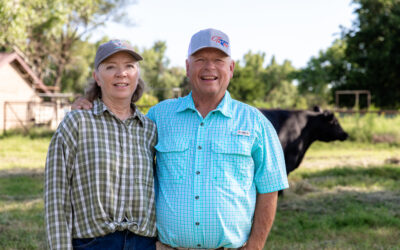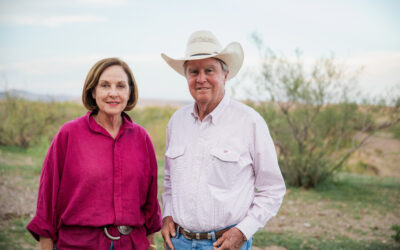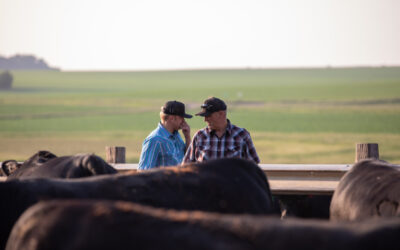
Making a case for creative marketing
And as we’ve been updating some of our Black Ink Basics Tech Sheets with current numbers, we’re still convinced that’s a good idea.

(Side note: If you love data, you’ll have a ball checking out the whole tech sheet library on the right-hand side of our Educator’s Corner. There is research on everything from health to genetics to disposition.)
We’re still tweaking two that have to do with the Angus premiums on calves and profit differences on finished animals in the feedyard.
Here are the basics:
-
At auction we recorded a $5.30 per-hundredweight (cwt.) premium in Angus over non-Angus. That is significant.
-
At the same time, profit differences between pens of cattle in a given feedlot consistently run at about $200/head.
-
Using the Professional Cattle Consultants‘ 734-lb. average placement weight, that translates to a $27/cwt. difference on a feeder-calf basis.
“In other words, this difference in profitability should translate into much bigger differences in value, or premiums, on the feeder calf,” Mark says. “If only we knew which calves to give those premiums and discounts.”
It’s no secret we’re short on calves and the pure demand for ANY calf to fill the pen may have compressed those values in recent years. Yet the Angus advantage has increased over the years as supply of all calves declined.
So what are you to make of this data?
Cow-calf producers: it’s just a good reminder that we need to keep being creative and evolve our feeder calf marketing system.
Cattle feeders: as you well know, there is incredible value in knowing genetic potential at the time the feeder calf is priced.
May your bottom line be filled with black ink,
Miranda
You may also like
Helping Hands, Helping Herds
“When I die, I want to come back as one of your cows,” murmurs a friend to Steve Zybach. Full to the brim from an alfalfa ration every day, bountiful fields of lovegrass stretched out across the Texas Panhandle—and owners who leave no ounce of cattle care up for question. The Zybachs’ motivation for this level of dedication to their Angus cattle is simply love.
An Unforgiving Land
What makes a ranch sustainable? To Jon, it’s simple: the same family, ranching on the same land, for the last 140 years. The Means family never could have done that without sustainability. Responsible usage of water, caring for the land and its wildlife, and destocking their herd while the land recovers from drought.
System Over Scale
For Dallas Knobloch, it’s not about being the biggest feedyard—it’s about building a high-quality system that works. Today, with Tory’s wife Sadie and daughter Ivy, the Knobloch family owns and operates 4K Cattle. They feed 2,500 cattle at eight locations within 10 miles of home, manage 1,000 acres of crops and run a 125-head cow herd, all near Hills, Minn.



